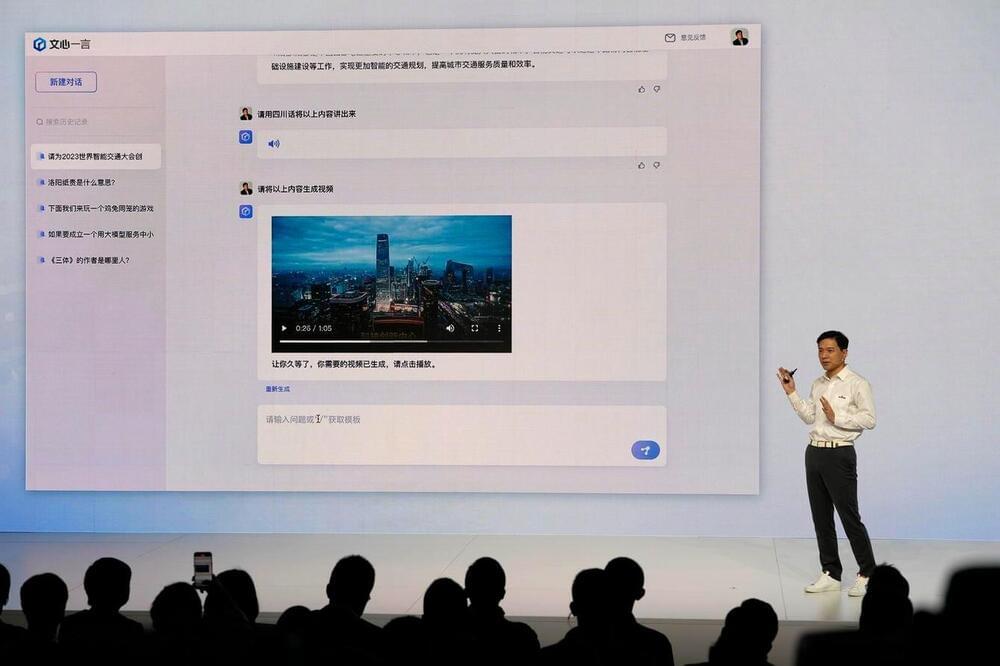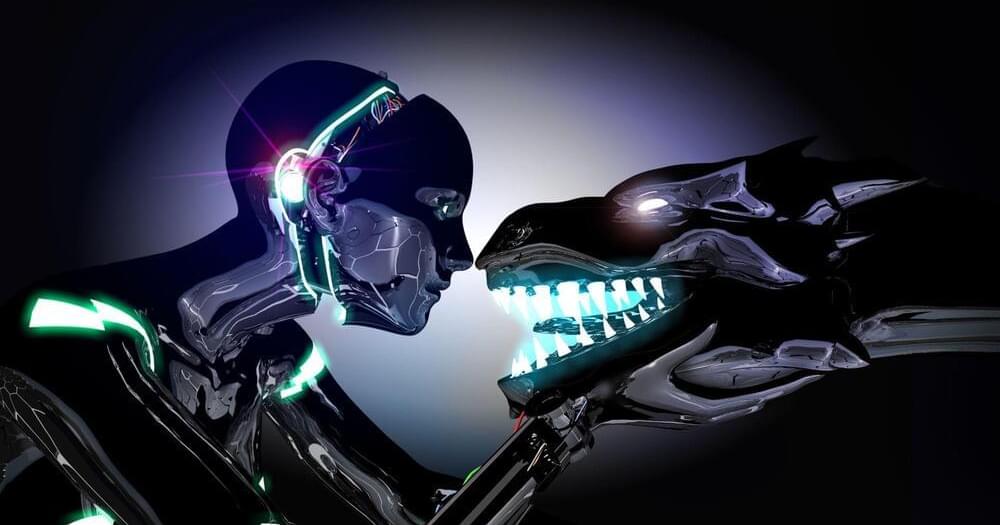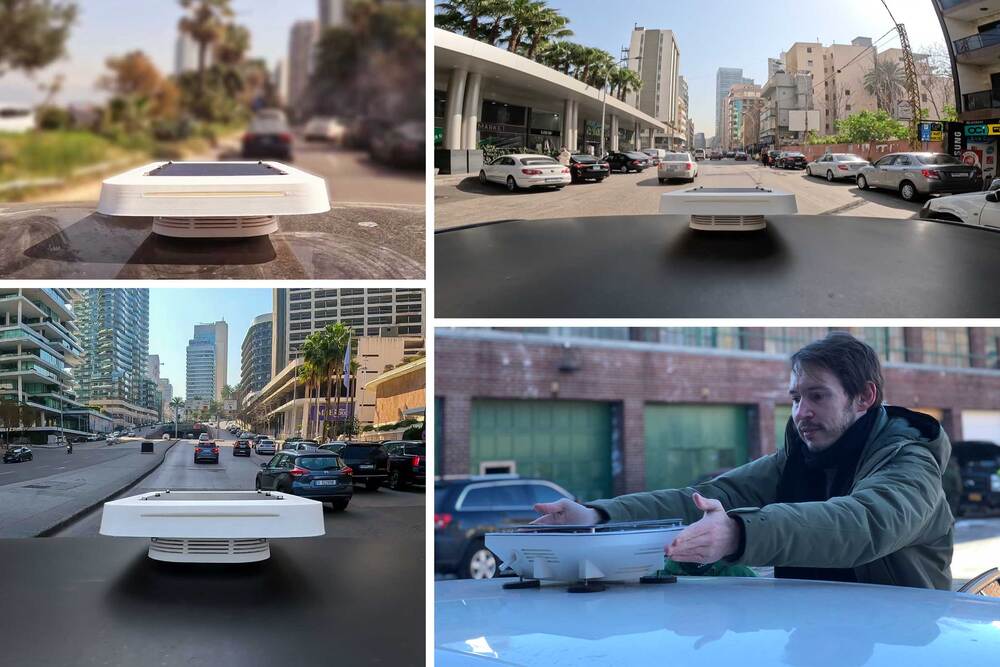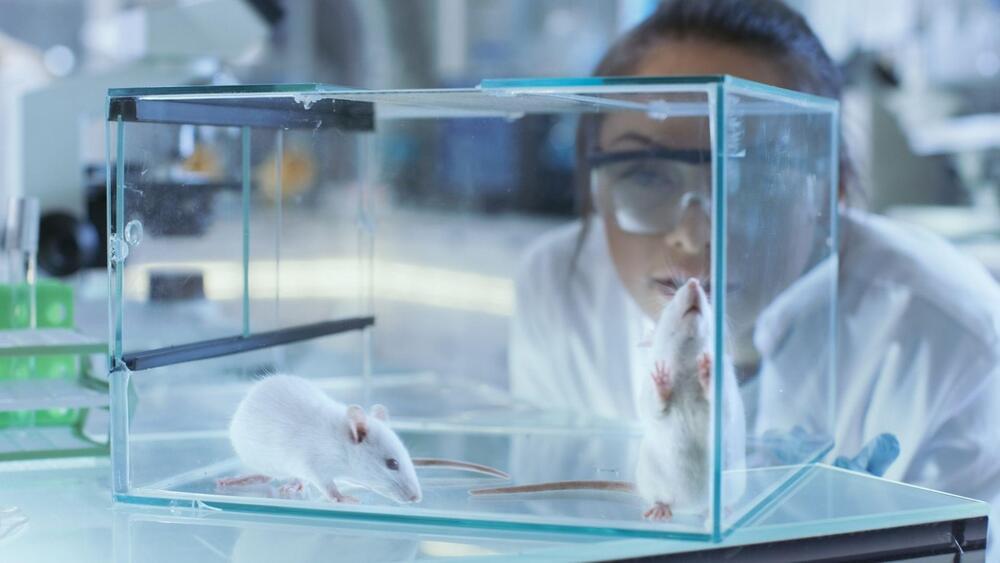Copilot is more than just a chatbot. Microsoft is gradually building an AI assistant that it has dreamed about for years.
Microsoft’s new AI-powered Copilot summarized my meeting instantly yesterday (the meeting was with Microsoft to discuss Copilot, of course) before listing out the questions I’d asked just seconds before. I’ve watched Microsoft demo the future of work for years with concepts about virtual assistants, but Copilot is the closest thing I’ve ever seen to them coming true.
Microsoft is in an AI race with Google for the future of work.









